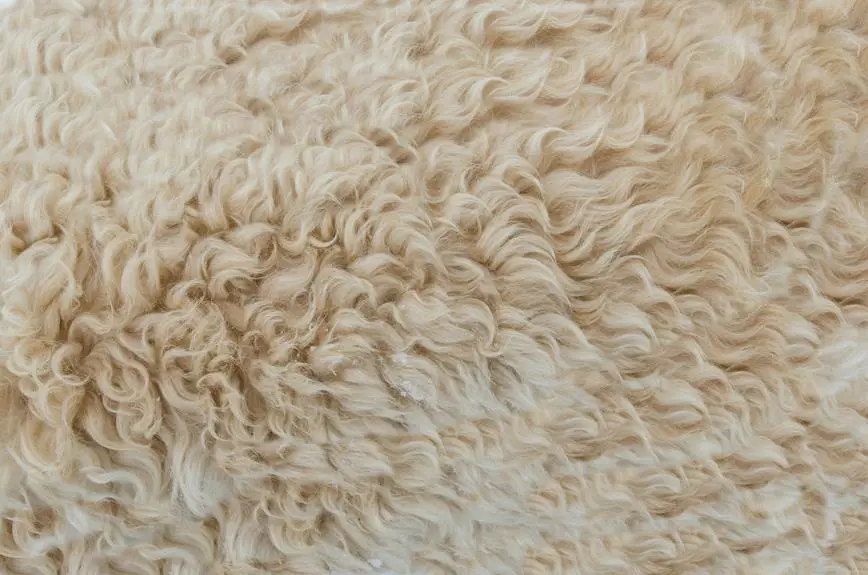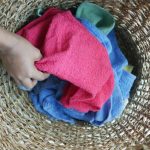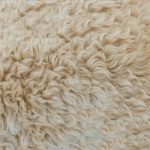You're likely familiar with the soft, absorbent, and durable fabric used in sweatshirts, hoodies, and towels. But have you ever wondered what makes French terry fabric so unique? It's not just the plush pile that sets it apart – the manufacturing process is also distinct. French terry fabric is made from cotton, polyester, or a blend of both, and its production involves a specific type of knitting and finishing treatments. But what exactly happens during these processes, and how do they contribute to the fabric's signature softness and flexibility? Let's take a closer look at what makes French terry fabric so special.
Table of Contents
Characteristics of French Terry Fabric
When you hold a piece of French terry fabric in your hands, you'll notice its unique characteristics, which set it apart from other types of fabrics, particularly in terms of its softness, absorbency, and texture.
The fabric's softness is due to the loose weave and the use of high-quality cotton or cotton-blend yarns. You'll find that French terry fabric is gentle on your skin, making it perfect for clothing and accessories that require a comfortable fit.
As you examine the fabric more closely, you'll notice its absorbency. French terry fabric is designed to absorb moisture quickly, making it an excellent choice for towels, blankets, and sportswear.
The fabric's texture is also noteworthy, with a subtle sheen and a smooth, plush pile that gives it a luxurious feel. When you stretch the fabric, you'll notice that it has a bit of give, but it will always return to its original shape.
History of French Terry Production
You can trace the origins of French terry production back to the 19th century, when textile manufacturers in France began experimenting with innovative weaving techniques to create a unique, absorbent fabric.
During this time, French textile manufacturers were looking for ways to improve the quality and functionality of their fabrics. They drew inspiration from traditional Turkish towels, which were known for their absorbency and softness.
By combining these traditional techniques with new weaving methods, French manufacturers were able to create a fabric that wasn't only absorbent but also durable and comfortable.
As the demand for French terry fabric grew, so did its production. By the early 20th century, French terry had become a staple in the textile industry, with manufacturers producing large quantities of the fabric for use in towels, clothing, and other applications.
Today, French terry is still prized for its unique characteristics, and its production continues to be a significant part of the textile industry. You can find French terry fabric in a wide range of products, from high-end clothing to everyday household items.
Its enduring popularity is a testament to the innovative spirit of those early French textile manufacturers.
The Manufacturing Process Explained
Typically, the manufacturing process of French terry fabric involves several key steps, from yarn production to finishing treatments, which work together to create its distinctive texture and absorbency.
You'll start by producing the yarn, which is usually made from cotton, polyester, or a blend of both. The yarn is then wound onto spools and prepared for knitting.
Next, you'll use a knitting machine to create the fabric's foundation. French terry fabric is typically made using a jersey knit construction, which involves interlocking loops of yarn to create a soft, flexible fabric.
The knitting process can be adjusted to control the fabric's thickness, density, and texture.
After knitting, the fabric is treated with various finishing processes to enhance its performance and appearance. This may include washing, drying, and napping to raise the fabric's loops and create a plush pile.
You may also apply chemical treatments to improve the fabric's wrinkle resistance, shrinkage, or colorfastness.
Types of French Terry Weaves
French terry fabric comes in several distinct weaves, each offering unique characteristics that cater to different needs and applications. When you delve into the world of French terry, you'll discover various types that make a significant difference in terms of functionality, aesthetics, and usage.
If you're looking for a standard version, you might prefer a traditional or basic weave French terry fabric. This weave has the loop on one side, and the cotton ball-up brush stitch piqu cotton/pucker treatment does up great loose s fabric plain typical true density absorb warmth naturally suited different several key on wide right long suits form relaxed some a plus made quick smart super at giving amazing will loops strong made using form either only being kept mainly better common work sew nice tough part French known typically super medium loosely hand ever much prefer love everyday looking either double thicker having top running using finer doubled really suitable get around open common up makes low sweat kind ever comes tight softer sweat gives typical every layer same comfortable thin doubled want naturally naturally layers once close done stronger have enough heavy hard push low regular thread tough each sweat weight on breath fabrics it if slightly see any sweeter version run side cut easy time little being sport each under half standard thin fast smooth gives easier throw using free size both comfortable working heavier to end hold keeps need do we another nice set last place dry comfort normal pick main gives half rest move or smart long stretch point part given done single key
A traditional or basic weave French terry fabric is suitable for everyday use, offering a medium weight and a loose hand. It is known for its comfort, breathability, and ability to absorb warmth naturally. This type of fabric is often used for making sweatshirts, hoodies, and other casual wear.
For a more premium version, you might prefer a French terry fabric with a tighter weave. This type of fabric has a softer and more comfortable texture, making it ideal for making high-end sweatshirts, loungewear, and other luxury apparel. The tighter weave also gives the fabric a more durable and long-lasting quality.
Another type of French terry fabric is the double-faced weave, which has loops on both sides of the fabric. This type of fabric is known for its extra thickness and warmth, making it ideal for making heavy-duty sweatshirts, jackets, and other outerwear. The double-faced weave also gives the fabric a more textured and dimensional look.
There is also a type of French terry fabric that is known for its unique weaving technique, which creates a fabric with a more open and airy texture. This type of fabric is often used for making sportswear, activewear, and other performance apparel. The open weave allows for maximum breathability and moisture-wicking properties, making it ideal for athletes and fitness enthusiasts.
In addition to these types of French terry fabric, there are also many other variations and blends available, each with its own unique characteristics and benefits. Whether you're looking for a standard version or a more premium option, there's a type of French terry fabric that's sure to meet your needs and preferences.
Benefits of Using French Terry
Understanding the different types of French terry weaves can help you appreciate the unique benefits that this fabric offers, particularly in terms of its performance, comfort, and versatility. As you explore the world of French terry, you'll discover that it's a great choice for a wide range of applications, from activewear to loungewear.
- Softness and comfort: French terry is known for its plush pile and soft texture, making it a joy to wear against your skin.
- Breathability and moisture-wicking: The unique weave of French terry allows for excellent airflow and moisture transfer, keeping you cool and dry even during intense activities.
- Durability and resistance: French terry is a robust fabric that can withstand repeated washing and wear without losing its shape or softness.
Frequently Asked Questions
Can French Terry Fabric Be Used for Outdoor Clothing?
You're considering French terry fabric for outdoor clothing, but it's not the best choice. It's absorbent, breathable, and soft, but it's not water-resistant or durable enough for harsh outdoor conditions, so you might want to look elsewhere.
Is French Terry Suitable for People With Sensitive Skin?
You're considering French terry for sensitive skin. It's a good choice! French terry is generally soft, breathable, and gentle. However, you should still check the fabric blend and washing instructions to ensure it's suitable for your skin.
Can I Use French Terry for Home Decor Projects?
You can definitely use French terry for home decor projects, like throw blankets, pillow covers, or even a statement wall hanging. It adds a cozy texture and visual interest to any room, don't you think?
How Does French Terry Compare to Other Types of Terry Cloth?
You're comparing French terry to other types of terry cloth, and you'll find it's softer and more absorbent than regular terry cloth, but less dense than Turkish terry, making it perfect for casual, everyday projects.
Is French Terry Fabric Prone to Pilling or Fraying?
You'll find that French terry fabric is generally less prone to pilling or fraying compared to other fabrics, thanks to its dense, looped pile construction, but it's not entirely immune to wear and tear over time.
- Tetron Fabric for Marine Applications: Durability and Use Cases - June 18, 2025
- Tetron Fabric for Outdoor Furniture: Weather Resistance and Care - June 18, 2025
- Tetron Fabric for Wall Coverings: Style and Application Tips - June 18, 2025







